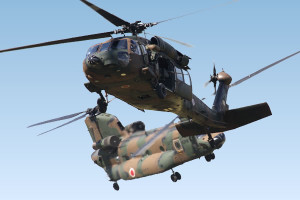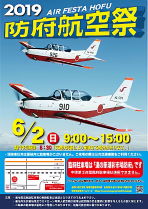JASDF Aircraft Roll Call
CONTENT MAINLY MOVED TO THE FOOT OF THE
JASDF ORDER OF BATTLE PAGE:

www.j-hangarspace.jp











Announcements
JASDF
Air Shows in 2025
Mar. 2 Komaki
Mar. 29 Kumagaya
May 25 Miho
(Cancelled)
May 25 Shizuhama
June 8 Hofu-Kita
Aug. 31 Matsushima
Sept. 7 Chitose
Sept. 21 Misawa
Oct. 5 Ashiya
Oct. 5 Komatsu
Oct. 12 Gifu
(previously Oct. 19)
Oct. 26 Hamamatsu
Nov. 3 Iruma
Nov. 30 Tsuiki
Dec. 7 Nyutabaru
Dec. 7 Hyakuri
Dec. 14 Naha
JGSDF
Air Shows in 2025
Jan. 12 Narashino
(paratroop display)
Apr. 5 Kasuminome
Apr. 12 Hachinohe
Apr. 12 Somagahara
Apr. 13 Jinmachi
May 18 Metabaru
May 24 Kasumigaura
May 24
Kita-Utsunomiya
June 1 Takayubaru
June 15 Okadama
Oct. 5 Kisarazu
Nov. 2 Tachikawa
Nov. 22 Akeno
JMSDF
Air Shows in 2025
Apr. 19 Atsugi
(US Navy/JMSDF)
Apr. 27 Kanoya
May 4 Iwakuni
(Joint Friendship Day)
May 24 Omura
July Tateyama
(Not held in 2025)
Sept. 20 Hachinohe
Oct. 4 Tokushima
Oct. 11 Shimofusa
Oct. 26 Ozuki
POSTER GALLERY
JASDF 2023
Miho
JASDF 2022
Misawa
Komatsu
Gifu
Tsuiki
Hyakuri
JASDF 2019

Komaki

Hofu

Iruma
Somagahara
Okadama

Narashino 2019
(paratroop display)

Metabaru

Tachikawa
JMSDF 2023
Kanoya
JMSDF 2022
Omura
Tateyama
Ozuki

Ozuki 2019


(Please note that air show dates are subject to change/cancellation.)
Links
The Aviation Historian
Japanese
Japan Association of Aviation Photo-
graphers (JAAP)
用廃機ハンターが行く
(Site dedicated to displayed aircraft in Asia)
JASDF
JGSDF
JMSDF
Visitors
(To May 2022)
Due to the developers
ceasing to support the
plug-in, the flag
counter has been
replaced twice.
Previously, there had
been more than
45,000 visitors from
the United States,
40,000 from Japan,
and 25,000 from the
UK alone.
(From May 2022)
Thanks to all for visiting!